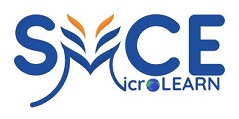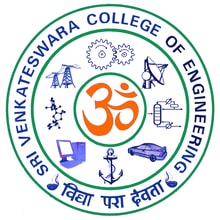Classes for the academic year 2024-25 (Odd Semester) will commence from 10th July 2024.
The SVCE Alumni from the 1985-89 batch have been sponsoring the tuition fees for a group of Girl students from their Second year to Final year based on their financial need and good academic performance in the first year of study, to enable them to carry out their studies without worrying about the financial requirements. Awardees are also supported beyond the classroom by arranging internships and even providing them with job opportunities, if found suitable.
Congratulations to Ms. Kirthika A, II Year CS, Ms. Prathika P R, II Year AD, Ms. Swetha S, II Year EC, and Ms. Aarthi A, II Year IT for being the sixth batch of students to avail the scholarship instituted by the SVCE 1985-89 batch.
Fee Circular 2024-25
Click To download the Fee Circular 2024-25
Greetings!!!
Department of Marine Engineering invites application for the B.E- Marine Lateral Entry Admission of the year 2024-25.
For further information on the course, Please click on this link to fill your contact details




